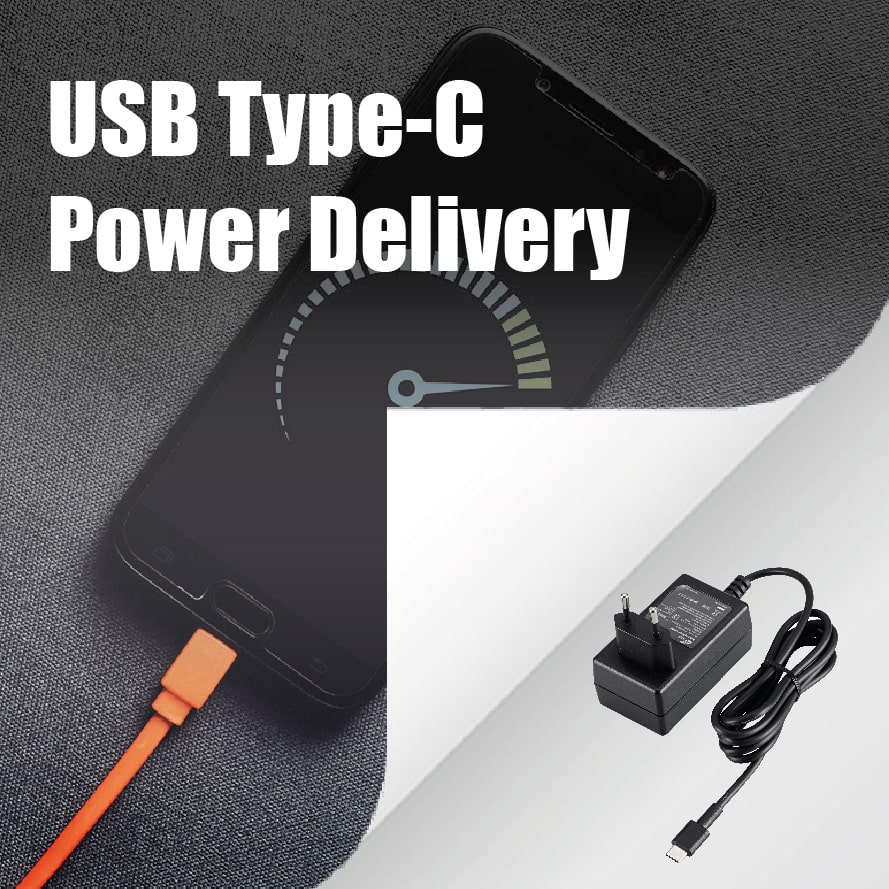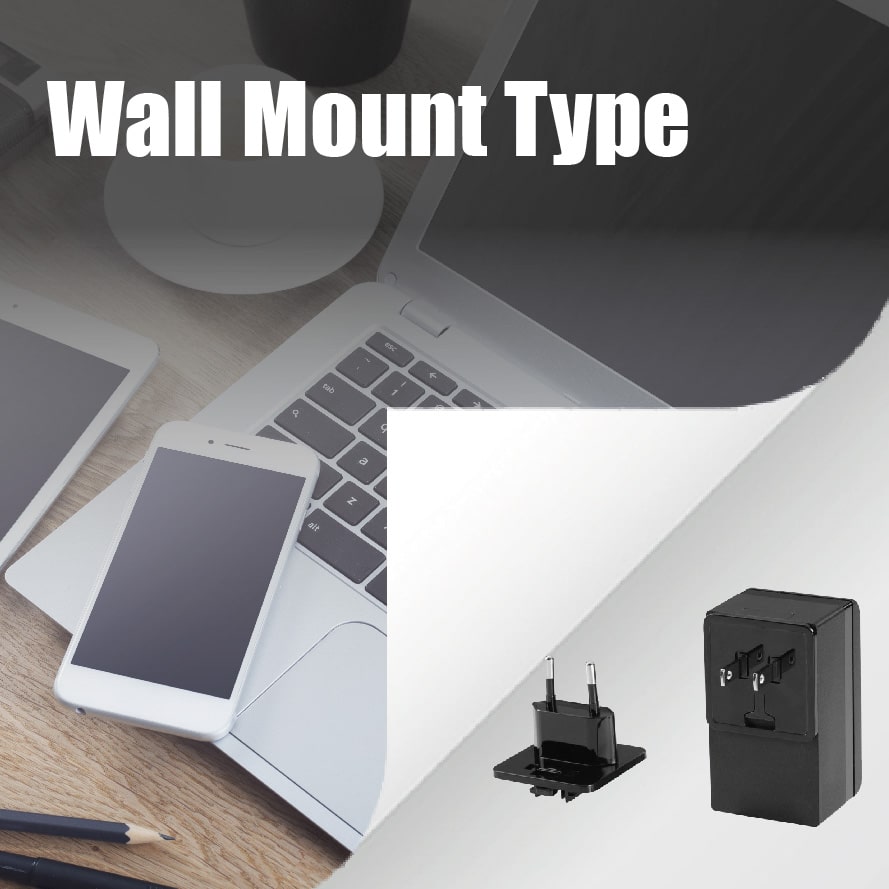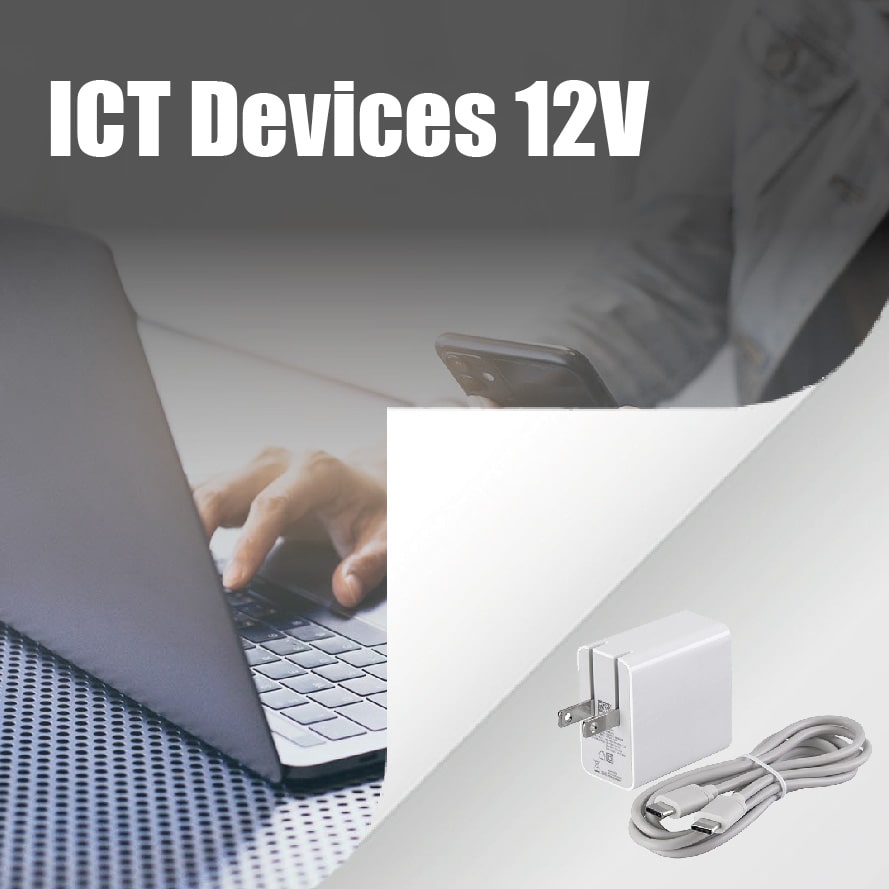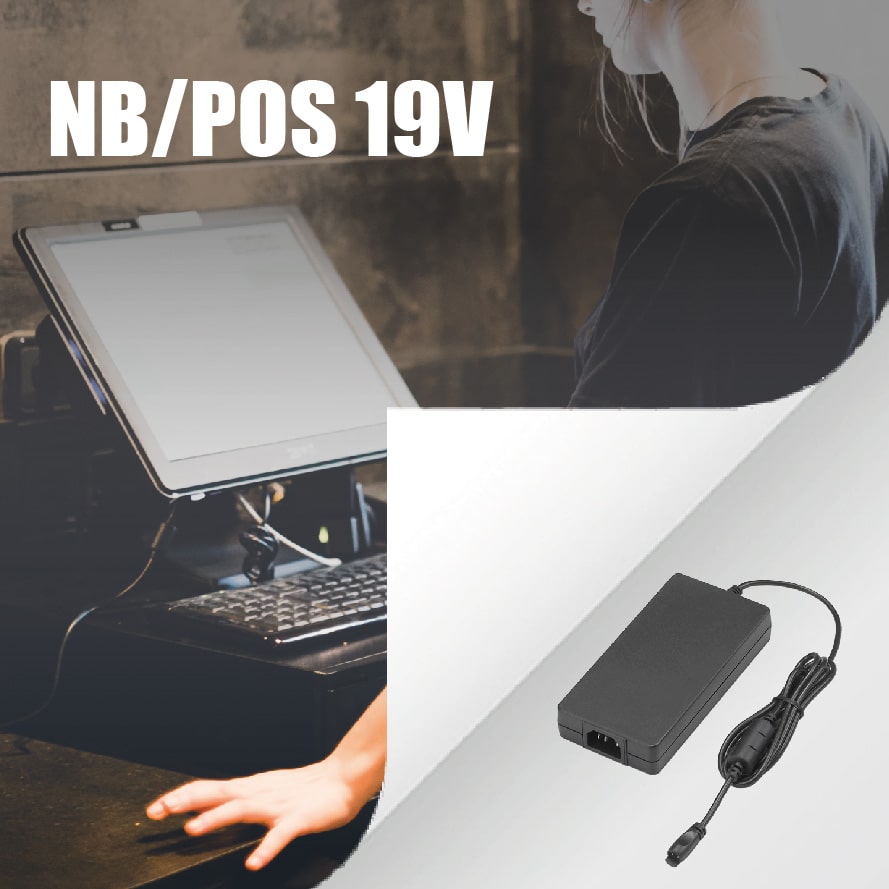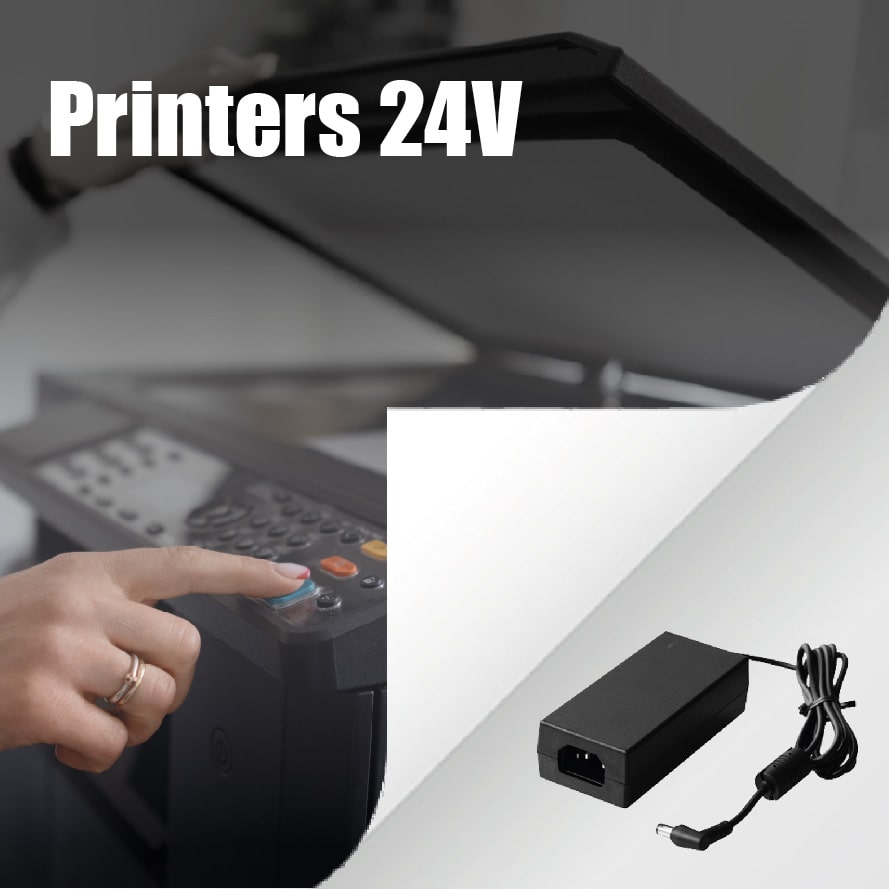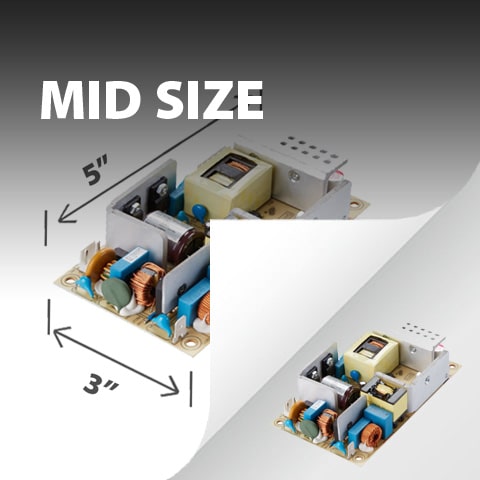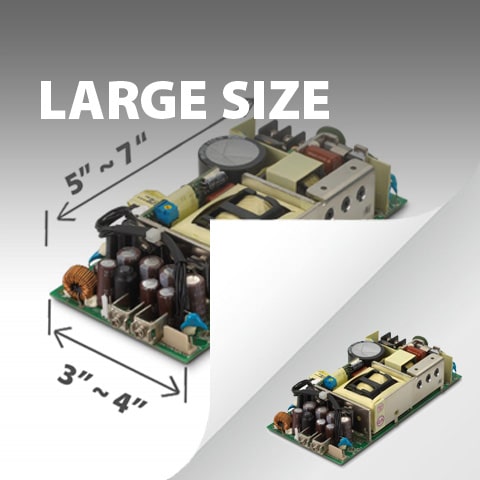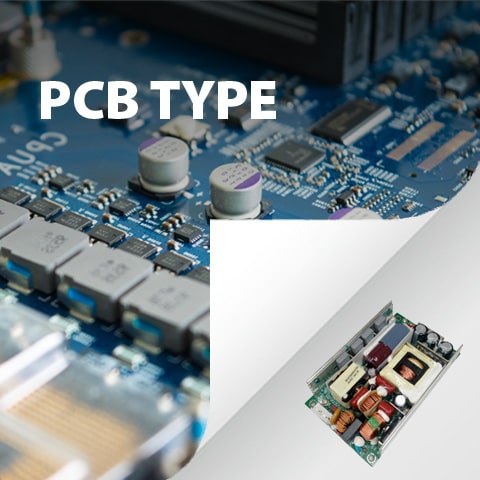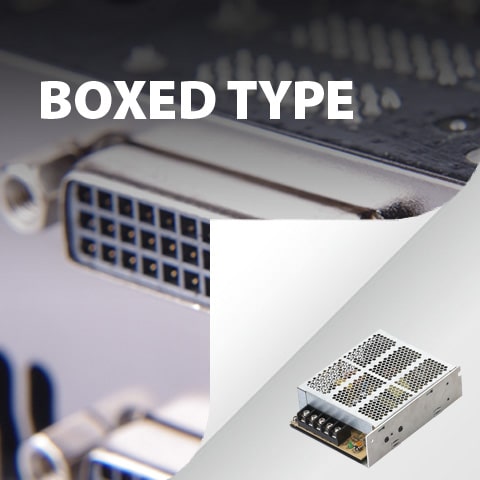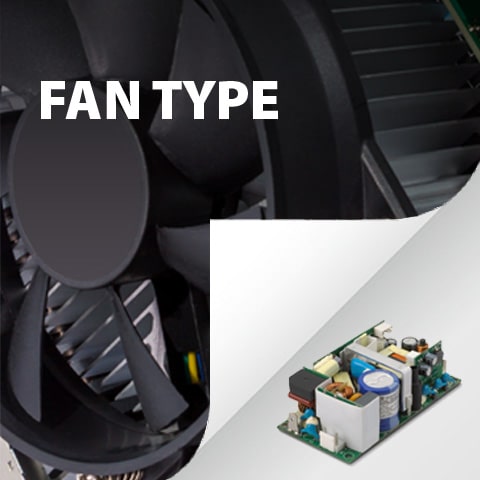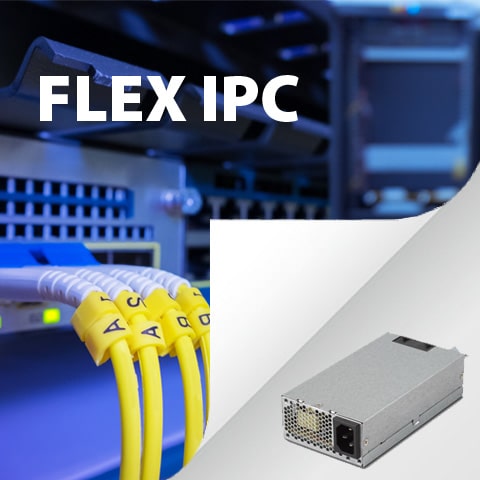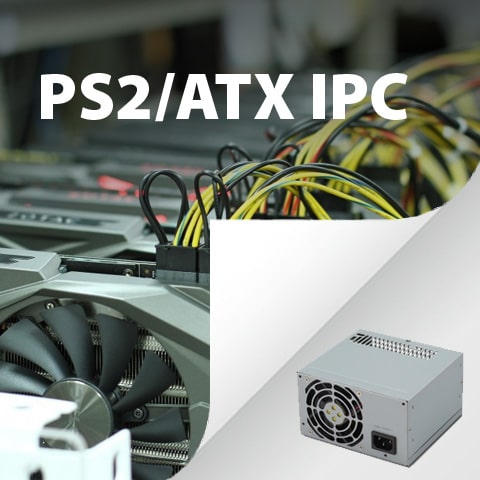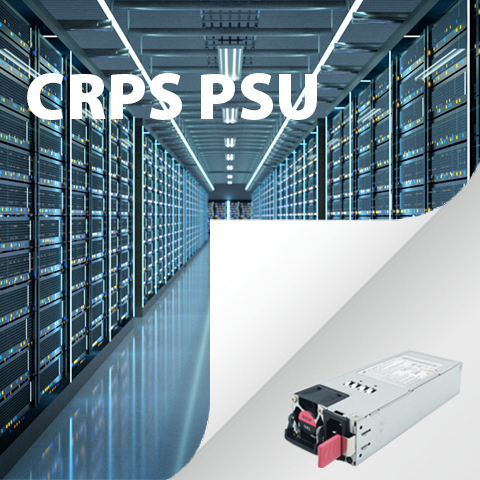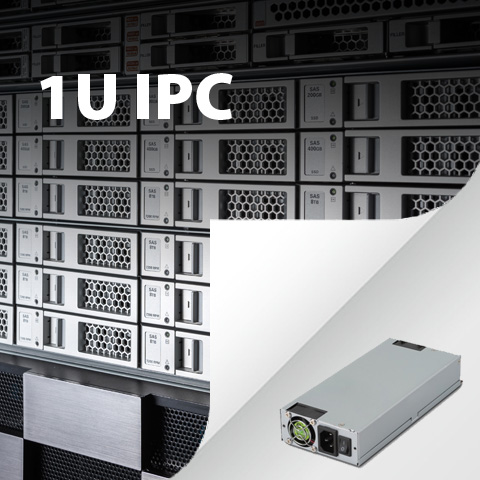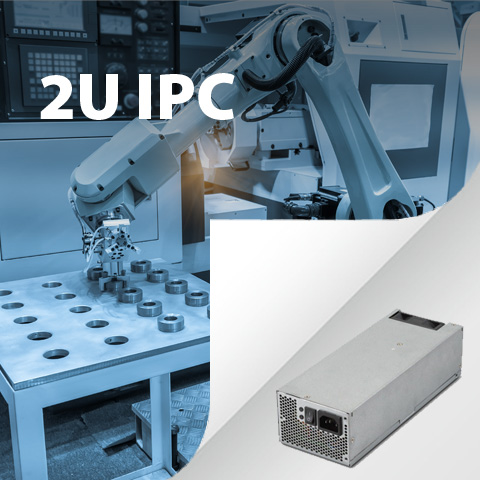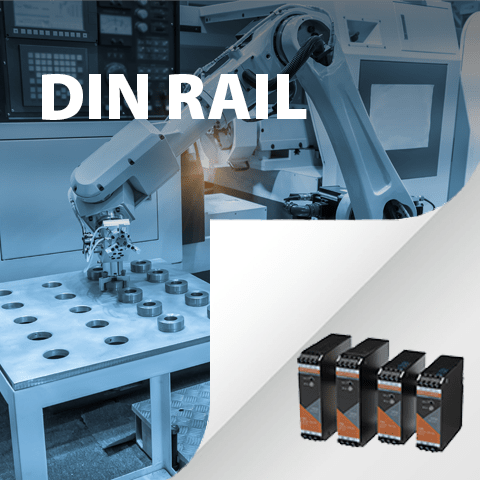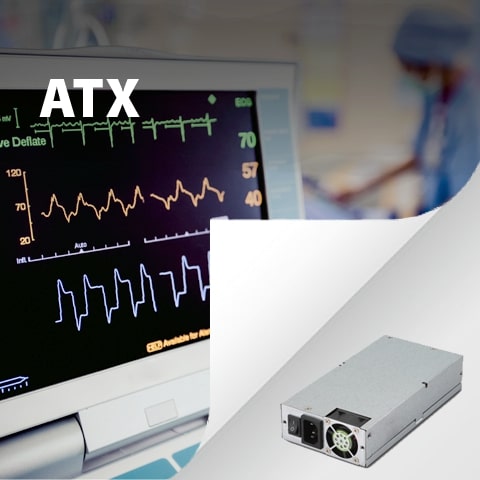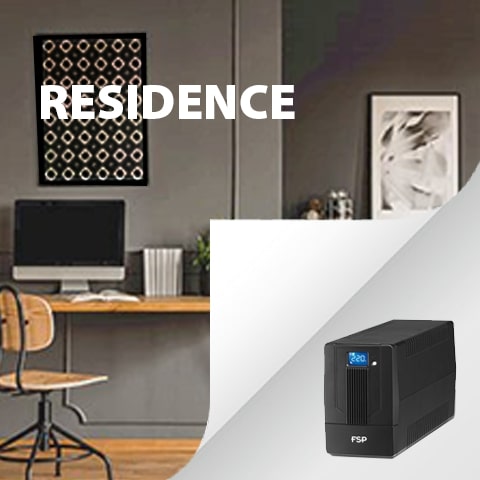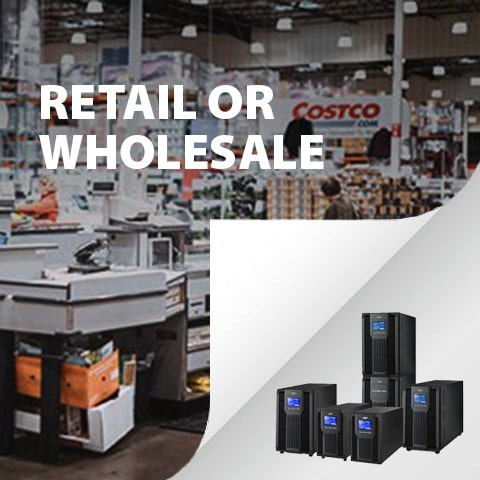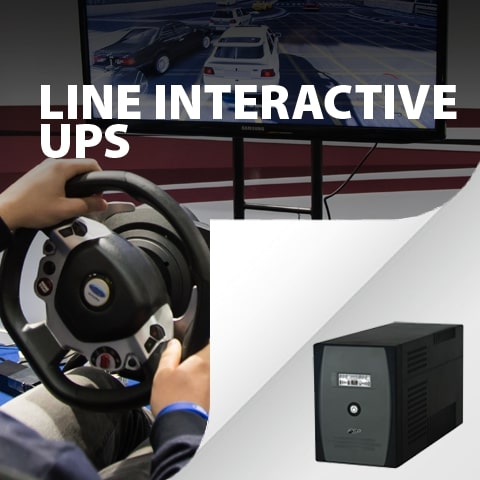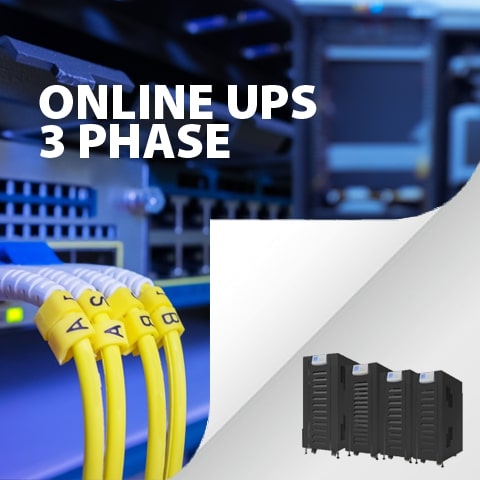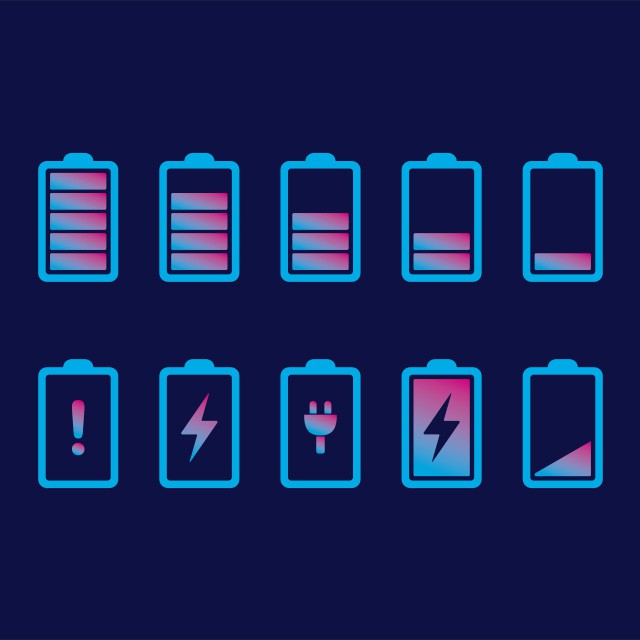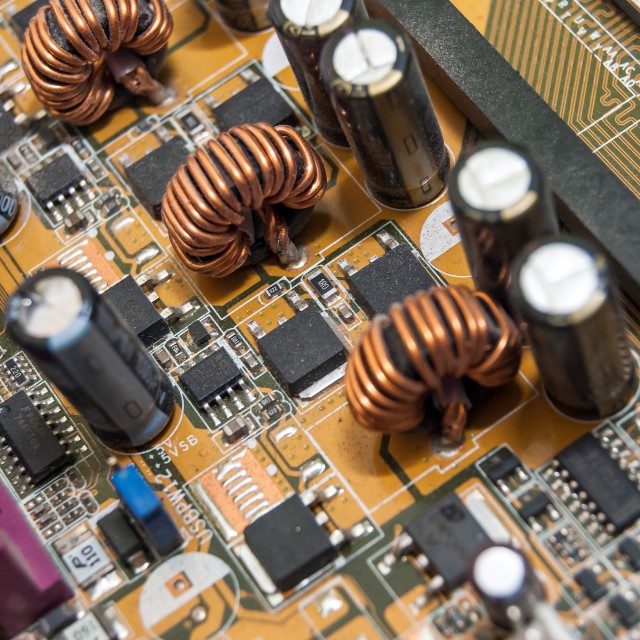UPS choosing guide
In this post, we talk more in-depth about how to choose the right UPS for your particular circumstances - that is, the process you need to go through to ensure that you make a smart decision.
Before we get going, it's worth pointing out just how critical it is to choose the correct product. UPSs keep vital equipment running to ensure continued service provision, protect against home outages, and even keep medical equipment alive. Thus, choosing the right unit for your particular environment is critical.
Consider The Electrical Supply Problems That You Have
The first step is to consider the type of electrical supply problems that you have and need to address.
There are all sorts of different electrical problems that you could face.
- Harmonic Distortion: Harmonic distortion is a technical term that simply refers to changes in the electrical signal coming from a particular power source. In situations where you're not running sensitive equipment, harmonic distortions generally do not matter. However, if you are running this type of equipment, then you may need a UPS offering this type of protection.
- Frequency variation: Frequency variation is another problem that occurs when power supplies are unstable. It occurs when the frequency oscillates more than is suitable or sustainable for your electrical equipment.
- Frequency noise: Line noise caused by water on lines or physical damage can adversely affect the performance of your circuits.
- Overvoltage: Overvoltages occur when the voltage passing through the circuit is higher than required by your electronics, but not high enough to trigger surge protection.
- Voltage sags: These occur when the voltage briefly dips below optimal levels for your specification and setup.
- Brownouts: Brownouts occur when there is a loss of voltage for a longer period of time. Utility companies sometimes deliberately institute brownouts when the risk of power shortages is high.
- Blackouts: These occur when the utility company can no longer supply electricity to you because of power shortages, accidents, or damage to the network.
- Surges: Surges occur when an intense spike in electrical energy moves through your circuits. Lightning storms are a common cause of this phenomenon.
Find The Type Of UPS System That Accommodates The Threats You Face
Once you determine the types of electrical power continuity risks that you face, the next step is to make a list. The type of UPS you choose depends on your findings.
Choose The UPS Types You Need
UPS units fall into several broad categories. The main ones are off-line, Line-interactive, and on-line.
When most individuals and organizations think about blackouts, they primarily consider sudden stoppages in power availability. However, many other electrical anomalies can occur that involves a movement away from optimal conditions.
Off-line systems provide protection against surges, blackouts, and brownouts. They provide continuous power to systems in the event of utility supplier problems or incoming issues from the grid. However, they do not address voltage or frequency issues.
Line-interactive systems protect against all of the power supply issues covered by Off-line systems, but also add over and under-voltage protection. Organizations and individuals choose Line-interactive systems when they need to protect sensitive equipment or ensure that machinery receives a constant, reliable voltage.
On-line systems offer protection against all of the electrical problems listed above, including harmonic distortion, frequency variation, and line noise. UPSs of this type provide the purest signal to your electronics and electrical equipment, allowing you to maintain continuous and reliable conditions.
Some power supplies come with APFC, meaning “active power factor correction” This is helpful because it allows the unit to continuously monitor both capacitive and inductive loads. That means that you can adjust the amount of power according to that requested by the CPU and other components.
Not all UPS units come with APFC, so this affects power supply choice. Bronze, silver, and gold-rated power supplies indicate the efficiency with which power supplies pull energy from the AC, depending on the DC requirements.
Choose The Power Output Of Your UPS
UPSs don't provide an infinite supply of backup power. It is critical, therefore, to consider the size you need before moving forward with a purchase.
UPS devices offer a fixed capacity measured in VA. This metric just tells you how much power the unit can provide. To figure out what capacity you need, you’ll need to consider the load - the amount of power your equipment and machinery requires.
Identifying the load is easy. You just create a list of all your power-using equipment and then find the total. Once you know the load, you will be able to estimate the power requirement for the unit.
For instance, if your server room requires 2,500W to run, then you will need a UPS with a greater-than-2,500W capacity.
You'll also need to consider the full voltage input for the PC or server you’re supplying. The "input range" refers to the voltages that the power supply will accept from the AC power source. Most 110v AC currents require an input range of 90v to 135v. If the AC input is 220V, then voltage acceptance ranges from 180v to 270v.
Choose The Running Time
Since UPS systems also rely on batteries to provide power, you will also need to choose your running time, sometimes called "minimum runtime".
The concept here is simple. Running time is just the amount of time that the UPS will continue supplying power to your equipment once the power goes out. Usually, vendors measure this figure in minutes. For instance, they may quote a runtime of 5 minutes, 30 minutes, or even 90 minutes.
FSP's FP600 provides sufficient runtime for personal use and gaming. The FP800 offers a slightly higher runtime, with the FP1000 offering even more. Commercial operations stand to benefit from the largest units, such as FP1500 and FP2000.
Those operating in areas where blackouts and supply issues are more common should also consider investing in heavier-duty units. Regular outages or longer periods without power require equipment with longer running times.
You'll also need your UPS to provide systems with sufficient "safe shutdown time". So, instead of computers and servers just switching off immediately, safe shutdown allows them to save current tasks to memory and power-off in the way intended by vendors, preventing lost work and data.
Do You Need Sine Wave Function From A UPS?
Mains utility companies supply electricity in the form of an alternating sine wave. UPS systems pass this pattern onto your equipment while mains power is running. However, they can also switch to a simulated sine wave which is a rough approximation to a smooth and continuous sine wave, mimicking mains supply.
If you have sensitive equipment, you will need to check whether it requires a sine wave or a simulated sine wave. They are not the same. Some equipment may shut down when switching between the two, and could potentially damage your electronics.
FSP supplies several products, iFP 600/800 and iFP 1000/1500/2000 that offer a simulated sine wave.
Bottom Line
Ideally, you need to ensure that your UPS caters to the requirements of your loads, utility situation, and features requirements. Some organizations can make do with simple UPS units, while others need more sophisticated power anomaly protection and longer runtimes.
Related Articles
About FSP
FSP Group is one of the global leading power supply manufacturer. Since 1993, FSP Group has followed the management conception “service, profession, and innovation” to fulfill its responsibilities as a green energy resolution supplier.

